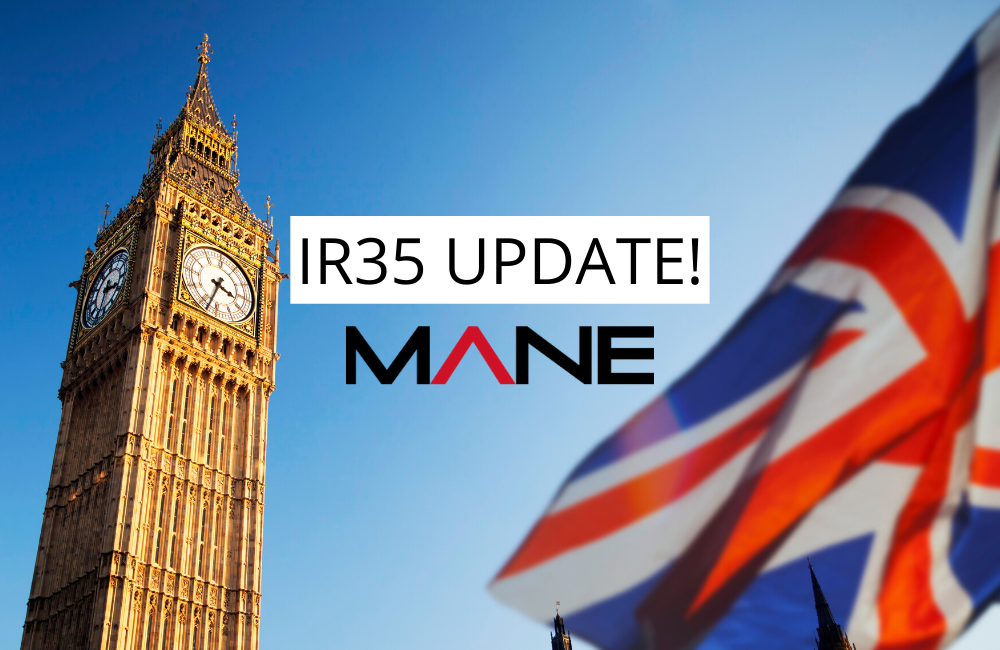IR35 Update!
18 Mar, 202010 minsIn an unexpected move last night, the Treasury announced the suspension of changes to IR35 r...

In an unexpected move last night, the Treasury announced the suspension of changes to IR35 regulations set to come into force in April this year.
Steve Barclay, the chief secretary to the Treasury said: “This is a deferral in response to the ongoing spread of COVID-19 to help businesses and individuals…and is not a cancellation and the government remains committed to reintroducing this policy to ensure people working like employees but through their own limited company pay broadly the same tax as those employed directly.”
Although clearly the wider environment of COVID-19 is troubling, this is still positive news. Contractor companies and their clients will now have an additional 12 months to put the measures in place, and it should hopefully bring an element of respite to the contractor community, which is experiencing significant difficulty.
This will be an enormous relief for contractors given the economic challenges that lie ahead. It certainly did not feel the right time to roll out one of the biggest tax changes in recent years. At the same time, many businesses have had strong opinions as to why we shouldn't go through with IR35. The main reason was that they felt it restricted their use of flexible workforce options.
A significant number of organisations will now be reviewing their workforce management to see how they can benefit from this change.
MANE and all our staff remain ever ready to support our customers and contractors through these challenging times and we are here to offer our expertise and guidance.
Stay safe people!
MANE Contract Services Ltd


